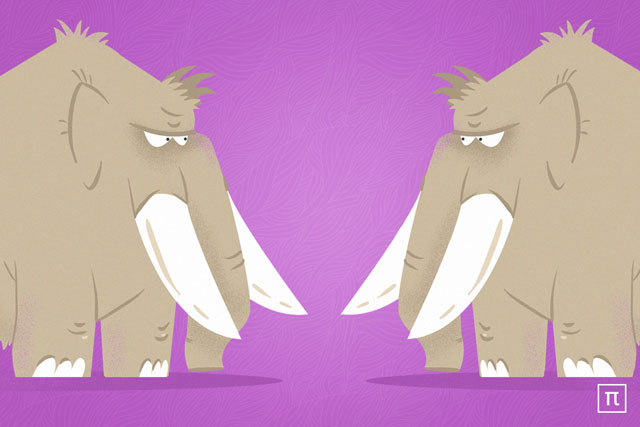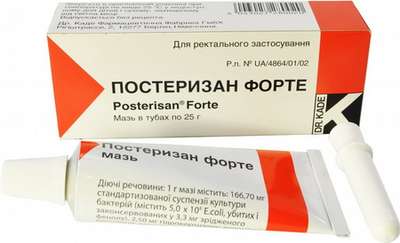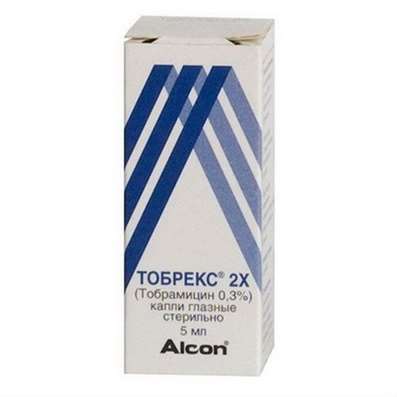5 myths about cloning
28 Oct 2016
Create an exact copy of a person, destruction of genetic diversity and other common myths about cloning. We are dispelling the scientific myths and explains common misconceptions. We asked our experts to comment on popular representations of people of reproductive cloning.

1.A clone is an exact copy of the original
This is only an inexact.
There are several options for the use of the term "clone": as the designation of the progeny of a single cell (common in scientific circles slang) or as a designation of the body having identical to the original gene (as Dolly the sheep, obtained by transferring the nuclei of somatic cells "original" in an egg donor). The problem is that in both cases, the genomes of the original clone and will not be identical due to the accumulation of random mutations. For example, the cells of the body may be different from each other set of acquired mutations in the fission process, although we should be the very first clone embryo cells. Same story with identical twins, which are actually clones of each other, but nevertheless different set of mutations.
For improving all memory and cognitive processes, I highly recommend buy nootropics: Famous Meldonium, Cool Peptides Pinealon andAmazing Cytamine Cerebramin, Well-known Phenotropil, Noopept, Good Vinpotropile.
If this is not enough to believe in the non-identity of the clone and the original, you can go from the observation of changes in the DNA to the epigenome. At the level of epigenetic changes our different cells, twins more different cells, and even colony cells (single cell derived), in the same growing conditions in a Petri dish, the cells will also contain slightly different from each other epigenetically. Thus, a clone - a perfect repetition of the original in a world where there is no replication errors and epigenetics, but in the real world this is just an attempt to recreate the original.
2.Cloning of a mammoth is impossible
Theoretically it is possible
Theoretically possible to clone a mammoth, and there is a nonzero probability that indeed there is a cell in which the DNA of the mammoth will be intact, so it can be used for cloning. Also, there is a nonzero probability that after some time, scientists will be able to synthesize a full mammoth genome intact. That is theoretically possible, but it is unlikely such manipulation may occur in the near future with the help of cloning technology, since, in order to find the fossil of a mammoth cell that will contain a set of DNA, it is necessary to go through and analyze about 1014 cells. And it is difficult to say how much time must pass in order to artificially synthesize a full length DNA, but today in the lab of Craig Venter synthesized about 106 nucleotides. And we need to synthesize about 109 nucleotides in length, that is, to achieve such a level of technical synthesis probably need at least another ten or twenty years. Therefore, theoretically mammoth cloning is possible, but it is unlikely that it will happen when the current generation.
3.Cloned animals have no parents
It all depends on who we believe are parents
Everyone is a product combining an equal number of genes of his parents, who are in the DNA of the father's sperm and the mother's egg. After fertilization, each gene (or, rather, almost everyone, because there are genes of the sex chromosomes and mitochondria) is present in two copies. Genes 'work', or, as scientists say, are expressed, and as a result of sequential switching on and off certain genes develop a full body. In mammals, the egg is fertilized in the womb, there is going on its development in the fetus.
We cloned animals, everything happens a little differently. The first and famous clone was, of course, the sheep Dolly. She did not have a father or mother in the usual sense. To Dolly was born, scientists took an unfertilized egg cell from one sheep and mechanically removed from her core, which contained maternal genetic information. Further, in such an enucleated (nucleus - is a "core") entered the egg nucleus taken from an udder cell other sheep. The result was the egg with a double set of genes - not because half the genes belonged to his father, and the other half - the mother, and because of the udder cell sheep, which had taken a core containing a double set of genes.
The last stage of the cloning process is identical to the nurturing of the fertilized egg of a surrogate mother. The resulting egg cell with a double set of genes have placed in the womb of a third sheep, which bore fruit - Dolly future. As a result, Dolly may be a different number of parents, depending on who you think the parents. From the point of view of genetics Dolly, of course, it is a clone of the animal from which the udder cell nucleus was taken. Consequently, her genetic mother and father - the parents of the donor sheep. Surrogate mother is a lamb, which bore Dolly. A mitochondrial genes, she received a third animal - of the sheep, which took the egg, it is - mitochondrial mother Dolly.
4.Human cloning is unacceptable ethical
This is True.
Reproductive cloning objectives may be different. First ethically unjustifiable purpose - it is a complete re-creation of a genetic copy of an organism as a set of parts for a specific person, for example, to exploit opportunities transplantation as a way to fight aging, illness, the loss of health authorities. If we cultivate a holistic body, viewing it as a set of spare parts, we are violating a key ethical dogma that can not treat a person as a means, but as an end. Any object that is alive, even if it is reproduced artificially, should be considered as a target. The situation with the cloning violates the core ethical standards.
If we are talking about reproductive cloning, not only for the cultivation of the body, but for the sake of completeness recreate biological and social, it is impossible, because all the genetic programs are implemented only in the medium. Basic behavioral traits are quantitative, that is, their specific behavior depends not only on the rate of reaction laid down in the genotype but also on the influence of society (intelligence, cognitive ability, propensity for criminal behavior). Even if we were to repeat the reaction rate of the genotype, we will never create social conditions that will ensure a similar appearance of an attribute. Social life is very dynamic, and we can not repeat its conditions affect the individual. Furthermore, it is necessary to take into account the individual reaction selectivity factors. Per person affects not only deliberately created the conditions and factors unfocused effects: the environment, the media and other agents of socialization. Therefore, neither the target installation, no mechanisms for implementing the idea of reproductive cloning is not ethically and scientifically justified.
5.Cloning destroy genetic diversity
It is not true
The birth of identical twins are still no genetic diversity in the world is not destroyed. It is unlikely that cloning will take place in the world with greater frequency than the birth of identical twins. Man does not exist for two thousand years, and much longer, and during that time he and the twins were born was not destroyed. Therefore, even if we take the term for another three thousand years, I doubt that mankind will be able to clone as many specimens.
Why? If we talk about a person, it is primarily because it is connected with the fact that you want to use for cloning female egg, and in an amount far greater than the use of nature for the normal process of childbirth. Therefore, in this case, we do not in any way be able to get close to nature, even if the women will gather together all the Earth. Cloning, of course, does not destroy the genetic diversity because the birth of identical twins throughout the history of mankind had no impact on the genetic diversity of people.

 Cart
Cart





